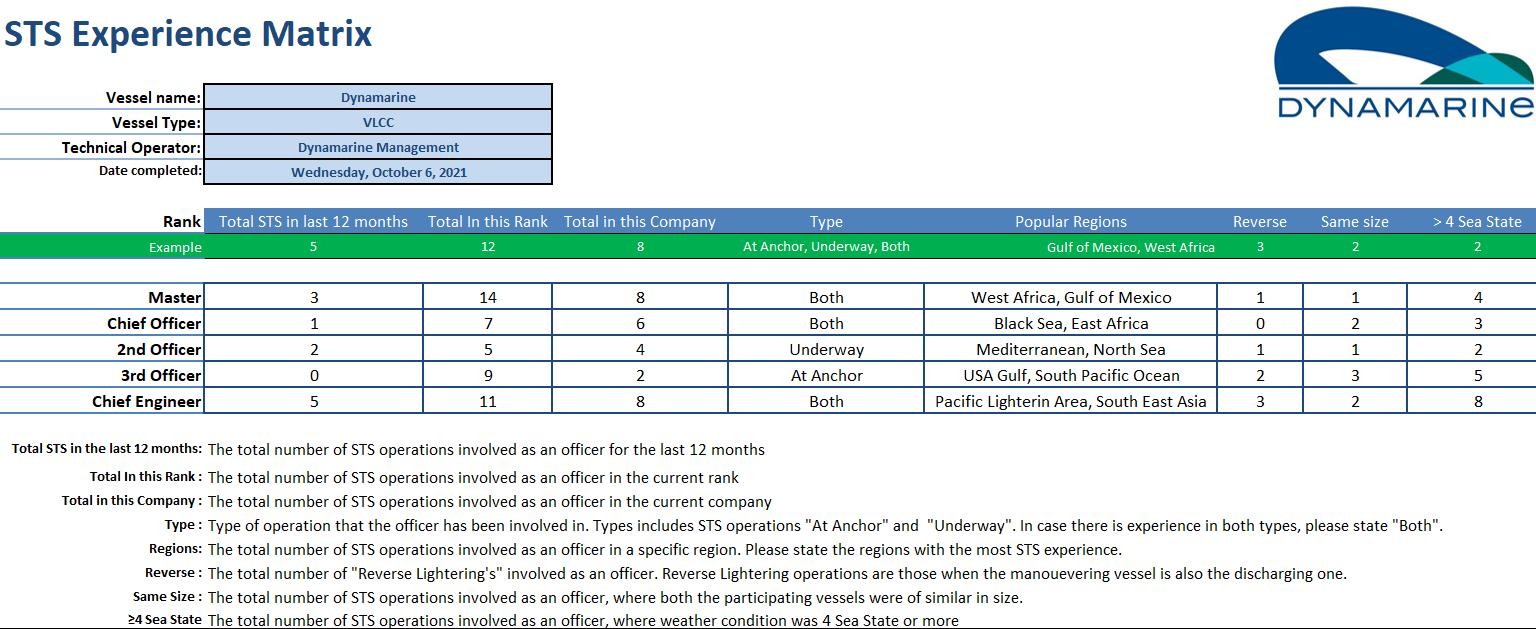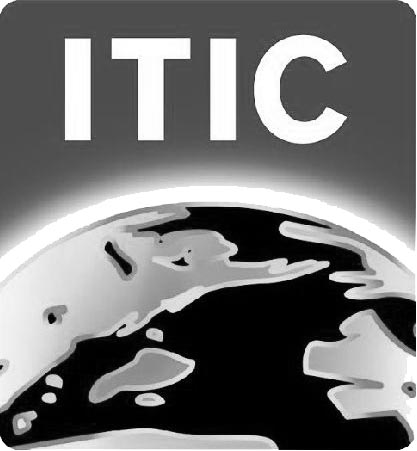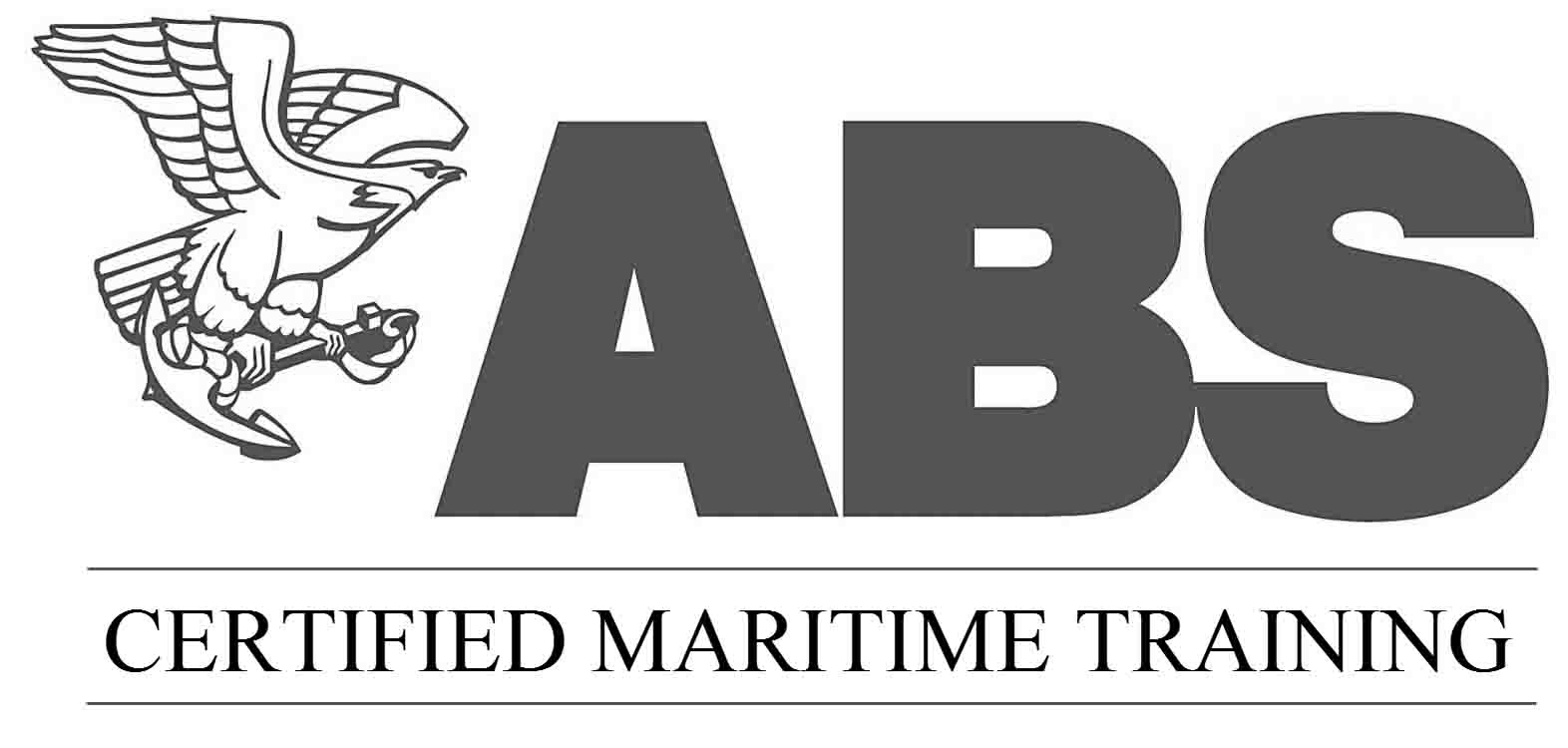Crew experience for Ship-to-Ship.
11-06-2021
|
|
Crew experience for Ship-to-Ship. Norms, Best Practice, and commercial issues. Mr. Ioannis Liarokapis, & Alexandros Glykas, DYNAMARINe During the past decade, the industry sector of ship-to-ship cargo transfer operations has faced challenges due to the increased number of operations, setting up of new STS locations, new local STS providers and fine-tuning of best industry standards after the ratification of MARPOL chapter 8 of Annex I. The trends that were drawn under the new era in STS operations, followed by incidents and the increased tendency of STS, led the industry stakeholders to identify gaps and propose mitigating measures. Amongst the gaps raised, which is also an identified hazard from the International Safety Management Code (ISM) and the latest OCIMF STS Guidelines, is related to the experience of the crew on board, in regulated routine operations such as ship to ship. As part of the due diligence practice, when assessing the suitability/compatibility of the nominated vessel for an STS, the operator doing the screening process, must identify all the potential hazards that may compromise the safety during the operation. An important element of the screening procedure and part of the due diligence is the past STS experience of the participating crew from both ships. Such an experience is reflected through the STS crew matrix which shares vital information regarding the experience of the Officers. Although there is not a specific format in the industry regarding the STS crew matrix, DYNAMARINe's experience has shown that many factors related to the preparedness of crew and from a RISK BASED perspective should be considered towards assessing the preparedness level of the Officers in an STS operation. Such a matrix has been proposed to DYNAMARINe registered clients almost four years ago, as shown in the below figure 1.
Figure 1. DYNAMARINe Proposed STS Matrix It is important to mention that all senior deck officers from DYNAMARINe registered vessels have access to their data through OSIS, and a relevant certificate is being extracted, in line with our ISO procedures, as certified by LRQA, since 2011. The number of the STS operation during the 12 months is the most necessary information since it indicates officers' preparedness in this type of operation. Indicative industry standards from Oil Major organizations indicates that the Master and the Chief Officer must have been engaged at least in 2 STS operations for 12 months. However, such a requirement, cannot be substantiated by commercial requirement. The latest OCIMF Guidelines and the latest VIQ make explicit reference to the familiarization of the crew in STS operations and propose some mitigating measures in case the crew is inexperienced and unfamiliar. As stated in section 1.5.1 of the OCIMF Guidelines 2013 If the Masters involved in the STS operation are unfamiliar with, or inexperienced in, STS transfer operations, it is recommended that an STS Superintendent is employed to advise them. In addition, it is important for the crew member to understand their additional roles and duties and identify potential gaps. In this respect and in case it is essential, additional training may be required for the personnel such as an STS drill. From a Risk-based approach, the number of operations involved in the management level, for senior deck officers, is related to the accountability of officers during the preparedness phase, the duties and actions involved and of course their perception over the assessment of risk. Regarding the types of the STS and the most common STS locations, it is important to understand why this information must be presented by the vessel Operators. An STS operation can take place while both ships are at anchor, while both ships are underway or both ships are underway and then at anchor. It is quite clear that all types of STS have their own peculiarities and a lot of things must be considered before the commencement of the operation. For example, an STS operation at anchor with the utilization of tugs is quite different from an underway operation with respect to approaching, mooring and best practices. Besides the type of the STS, another crucial piece of information is the regions where the Officers have been conducted the most STS operation. DYNAMARINe's experience has shown that there are substantial differences amongst different regions with respect to predominant meteo conditions, the potential hazards as well as the prevailing safety culture. Finally, the reverse lightering operations where the manoeuvring is also the discharging vessel and operation between similar size vessel is very crucial since each type defines an additional level of risk. Offices must be aware of the procedures and best practices identifying all possible hazards. The latest OCIMF Guidelines states that a specific risk assessment must be produced, since all phases of the operation may produce a lot of issues. In conclusion, we should highlight that the STS crew matrix is an especially important part of the due diligence process and provide vital information about the experience of the crew. Diligent management of the information will ensure that all mitigating measure will take place and along with the development of detailed risk assessment, we can minimize the risk. It is equally imported though for ship operators to provide resources for proper monitoring of crew experience, through a transparent process, through the STS records. For further information please feel free to contact DYNAMARINe at info@dynamarine.com |
DYNAMARINe Team
2 ARKADIAS AND 125 GOUNARI STR, Glyfada 16561, Greece, T:+65 31590353, +302109628379, E:info@dynamarine.com







